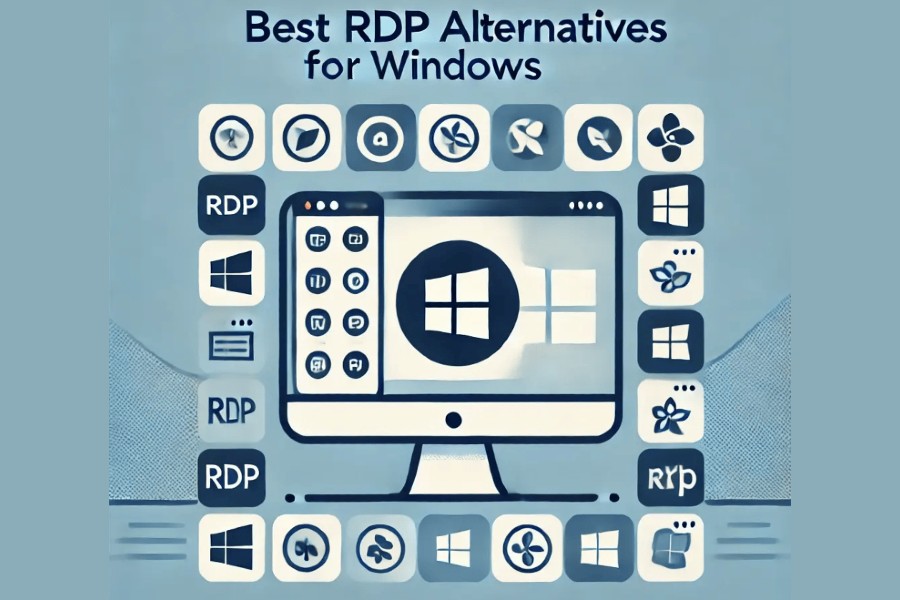
In today’s digital age, businesses of all sizes handle vast amounts of sensitive information.
Whether it’s financial data, employee records, or client files, securely transferring these files is critical to maintaining trust and protecting your business from cyber threats. Unfortunately, file transfers can be vulnerable to risks such as data breaches, malware attacks, and human error if not properly managed. Here are the key strategies for ensuring safe and efficient file transfers in your business.
Implement Encryption and Security Protocols
Encryption is a vital part of ensuring the safety of file transfers. When you implement encryption and security protocols, managed file transfers can ensure that sensitive data remains secure and protected from unauthorized access during transmission. By encrypting files, you protect them from unauthorized access even if they are intercepted during transmission.
- In-Transit Encryption: This secures data while it is being transferred from one point to another. Most secure file transfer protocols, such as HTTPS and SFTP, use in-transit encryption.
- At-Rest Encryption: This protects data stored on servers or devices, ensuring that files remain encrypted until they are accessed by authorized users.
Understand the Risks of Unsecure Transfers
The first step in improving file transfer security is understanding the risks. Unsecure transfers can expose your business to numerous threats, including:
- Data Breaches: Hackers may intercept unencrypted data during transmission, potentially accessing sensitive information.
- Malware: Files sent without proper scanning can contain malware, infecting both the sender and recipient’s systems.
- Loss of Compliance: Many industries, such as healthcare and finance, require strict data protection measures. Unsecure file transfers can result in compliance violations, leading to hefty fines.
Choose the Right Transfer Method
Selecting the appropriate file transfer method is crucial for both efficiency and security. There are several options available, each with its pros and cons. Here are some of the most common methods used in businesses:
- Email Attachments: This is a simple and common method, but not recommended for large files or sensitive information. Emails can be intercepted if not encrypted.
- Cloud Storage: Services like Google Drive or Dropbox are convenient and easy to use. They offer encryption and access controls, but businesses should still be cautious about sharing sensitive data.
- File Transfer Protocol (FTP): FTP is a long-standing method for transferring large files. However, standard FTP is not secure by default. SFTP (Secure File Transfer Protocol) is a more secure version that encrypts the data during transfer.
- Peer-to-Peer (P2P) Transfers: P2P transfers can be fast and efficient for sharing files within a closed network, but they can pose security risks if not properly configured.
Use Two-Factor Authentication (2FA) for Added Security
Adding an extra layer of security with two-factor authentication (2FA) can significantly reduce the risk of unauthorized access. Even if a hacker obtains login credentials, they would still need the second factor (often a code sent to a mobile device) to access the system. 2FA is particularly useful when sharing files via cloud storage or secure portals.
- SMS Codes: A one-time code is sent to the user’s mobile phone.
- Authenticator Apps: Apps like Google Authenticator generate time-sensitive codes for user verification.
- Biometrics: Fingerprint or facial recognition adds an advanced level of security for authorized access.
Train Employees on Data Security
Even with the most advanced security protocols in place, human error remains one of the biggest threats to secure file transfers. Training your employees on data security best practices is essential to minimizing risks.
- Phishing Awareness: Educate employees about the dangers of phishing emails that can lead to data breaches.
- File Transfer Best Practices: Teach staff to avoid sending sensitive files via email and to use secure methods instead.
- Password Management: Encourage the use of strong, unique passwords and password managers to secure access to file transfer systems.
- Regular Security Audits: Periodically review file transfer procedures to ensure that they comply with the latest security standards and best practices.
Monitor and Audit Transfers Regularly
Monitoring and auditing your file transfers is crucial for maintaining long-term security. By tracking file transfers, you can identify any unusual activity or potential security breaches before they become major issues.
- Use File Transfer Monitoring Tools: Invest in tools that provide real-time visibility into file transfers, alerting you to suspicious activity.
- Audit Logs: Maintain detailed logs of all file transfers, including timestamps, file types, and user access. This can help with compliance and serve as evidence in case of security incidents.
- Regular Security Audits: Periodically review your file transfer processes to identify potential vulnerabilities and areas for improvement.
Safe and efficient file transfers are critical for the success of any business. By understanding the risks, choosing secure transfer methods, implementing encryption, and educating employees, you can protect your sensitive data from cyber threats. Regular monitoring and auditing will also ensure that your file transfer processes remain secure and compliant with industry regulations. By taking these steps, you can safeguard your business and provide peace of mind for your clients and employees alike.
Become a Harlem Insider!
By submitting this form, you are consenting to receive marketing emails from: . You can revoke your consent to receive emails at any time by using the SafeUnsubscribe® link, found at the bottom of every email. Emails are serviced by Constant Contact








